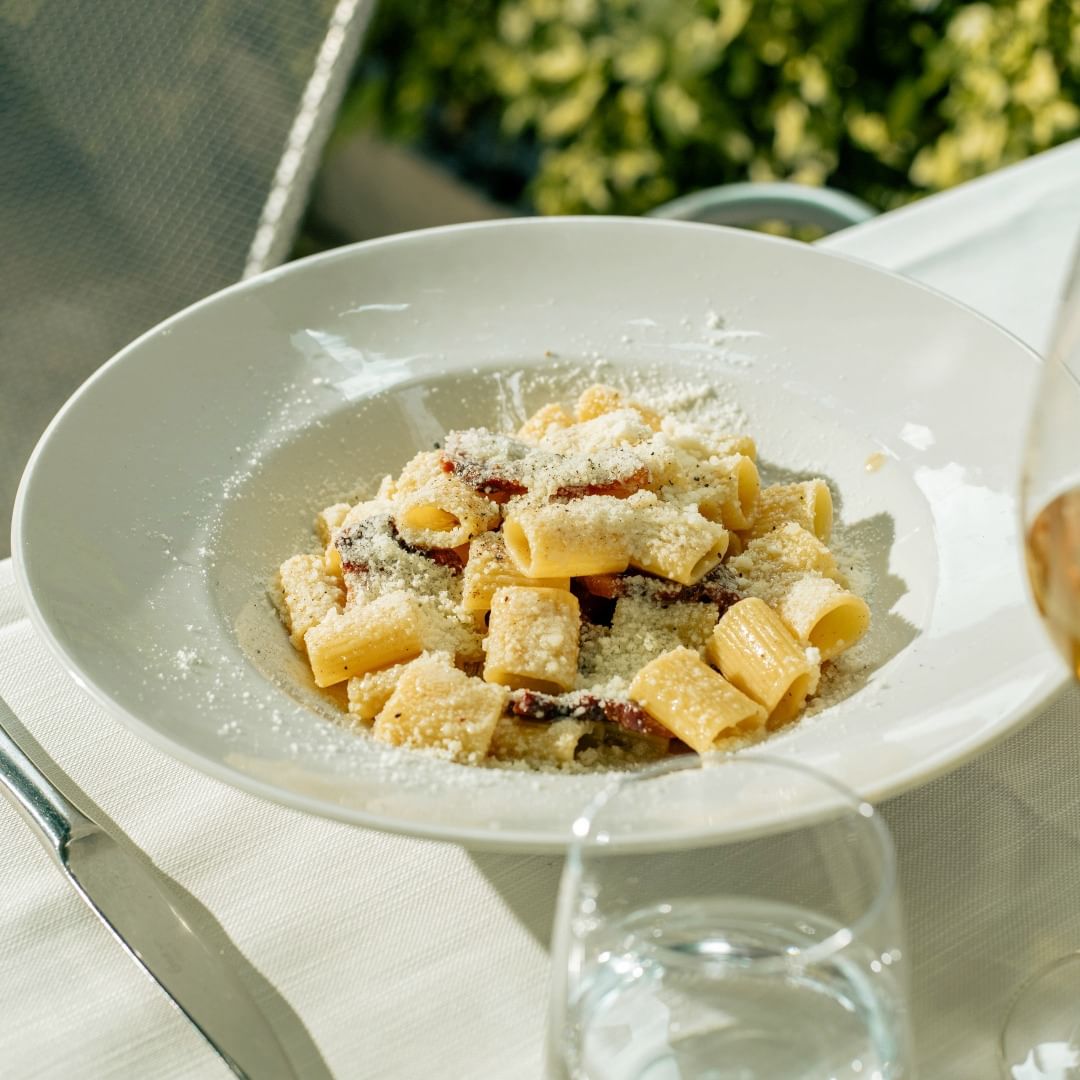If you’re reading this, you likely know that we take our food very, very seriously at Italy Segreta. It’s not uncommon to find us dissecting recipes and arguing about the optimal variety of tomato, or what the best way to cook broccoli is. And of course, when it comes to the infinite and minute variations on classic Italian dishes, the atmosphere at the office can get downright heated. In order to settle it once and for all, we’ll be taking the time to workshop and taste-test beloved recipes from Italy’s different cities and regions, in the aim of agreeing on the one, ultimate, reigning recipe. We’re not saying this is the most historically accurate or traditional way of cooking these recipes–there are plenty of other places you can go for those methods–this is just our highly opinionated editorial board’s collective favorite way. Approved by both the Italian and international contingents.
Sit down kids, it’s time to learn to respect your elders. Of the four famous Roman pastas–carbonara, amatriciana, cacio e pepe, and gricia–the latter is probably the most underrated, but it’s actually the original. Gricia is credited as the predecessor to all the Roman pastas (with some sources tracing it as far back as the 5th century), but we like to think of it as kind of like the love child between carbonara and cacio e pepe. Made from guanciale and pecorino, with the addition of cracked pepper, it’s as simple as it gets–not as rich as carbonara, and balancing out the cheesiness of cacio e pepe with a lighter, barely-there sauce made from the emulsified guanciale fat, pecorino, and pasta water. It’s the purest way to taste the quality of Rome’s favorite ingredients–guanciale and pecorino–and it’s simply delicious.
ITALY SEGRETA’S RIGATONI ALLA GRICIA
Serves 2
INGREDIENTS
- 120g rigatoni (or bucatini, 60g per person)
- 150g guanciale
- 50g Pecorino Romano, finely grated (on a microplane is best)
- Pepper, to taste
- Salt, to taste
PREPARATION
- Boil a pot of water for the pasta. Salt the water once it starts to simmer.
- Meanwhile, dice the guanciale lengthwise in small strips, making sure to get a bit of meat and fat in each piece
- With the heat on low, slowly cook the guanciale in a skillet until the fat is completely rendered and the guanciale pieces turn golden and crispy. This should take about 10 minutes on a gas range stove, a bit longer on electric. Just be careful to keep the heat low so it doesn’t burn and the fat doesn’t start to smoke.
- Once the guanciale is cooked, turn off the heat. It’s okay for it to cool a little bit while the pasta finishes cooking. Add a small amount of pasta water to the pan with the guanciale and fat; about half a ladleful should do.
- Once the pasta is done, strain it and add it to the pan with the guanciale. Add a large handful of the pecorino and toss quickly to combine, careful not to let it clump. The consistency should be creamy but not as thick as a cacio e pepe.
- Serve with cracked pepper and the rest of the pecorino on top.
ALTERNATE PREPARATION:
If you’re having trouble with your cheese clumping or the sauce becoming too watery, this method is more fail-safe. Purists will insist on the above method, but we like that this one turns out perfectly glossy every time.
- Follow steps 1-3 as above
- Put half the pecorino in a heatproof bowl, with a few cracks of black pepper
- Once the guanciale is cooked, turn it off and let it cool until it’s warm but not scalding hot. Pour all the fat and the guanciale into the bowl with the pecorino
- With a fork, whisk it all to combine. It should form a paste consistency.
- Once the pasta is cooked, lift it directly out of the pot into the bowl using a slotted spoon; there will be some residual water on the pasta, and it should be enough to emulsify the sauce. Toss to combine. If it’s too thick, add a little more water from the pasta pot.
- Serve with cracked pepper and the rest of the pecorino on top.
